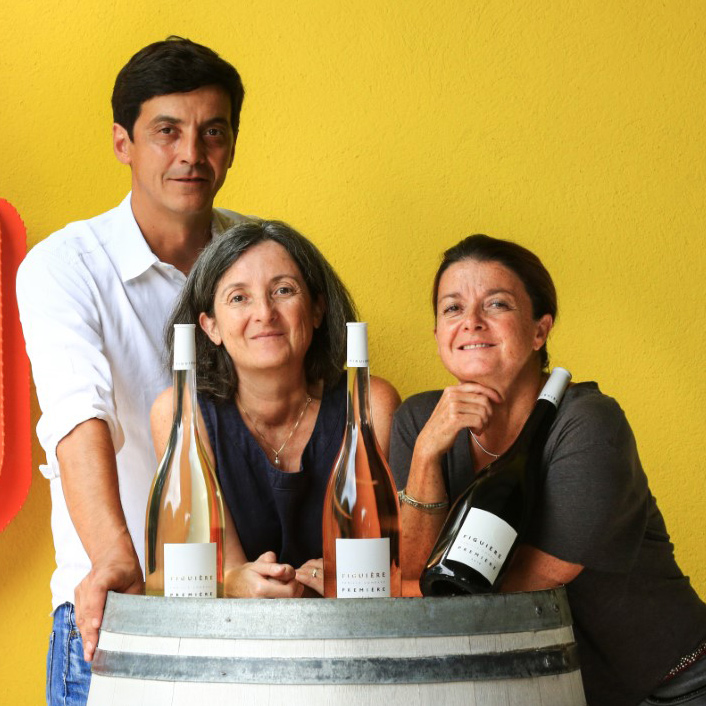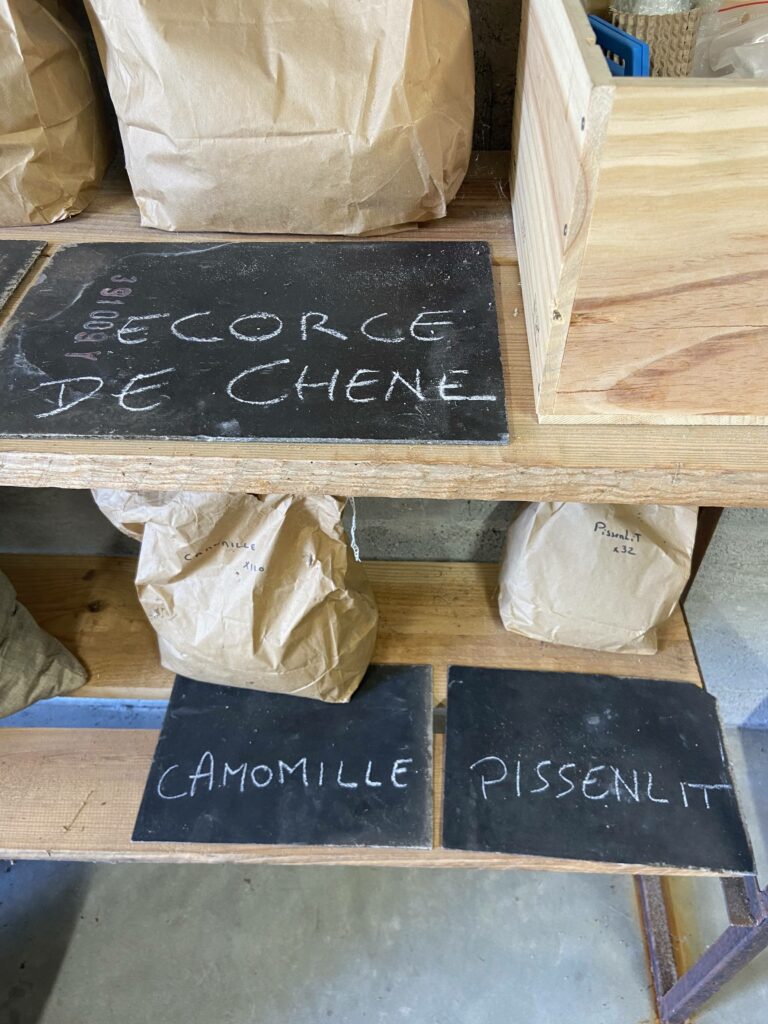Harvests 2023

The harvest period ended on September 22 at Domaine Louise Brison, a vintage that called for careful post-budbreak monitoring to accompany the vines during this most fragile of times.
At the Domaine, Delphine Brulez has opted for a case-by-case approach, driven by knowledge, reflection and questioning.
Climate 2023
Winter was mild and dry, leading to budburst on April 16.
Spring was frost-free this year – phew!
On the other hand, it was very rainy (in April), hampering soil cultivation and allowing mildew to develop early in the season. Fortunately, a cold north-easterly wind dried everything out and eliminated this health risk.

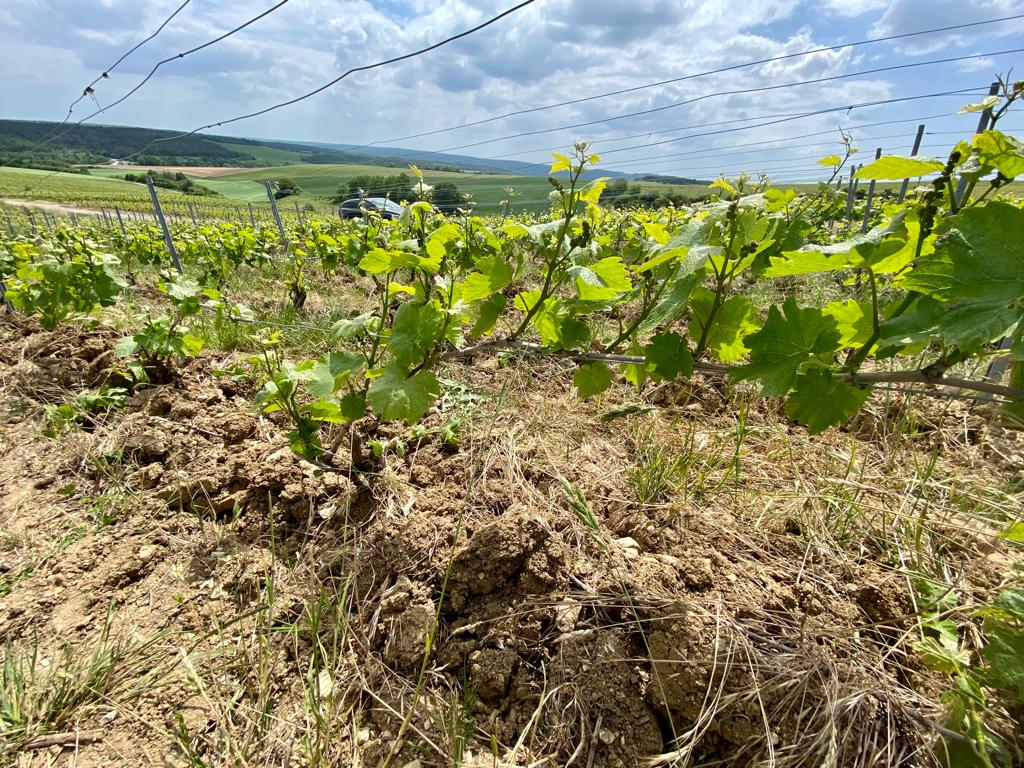
Flowering took place in mid-June, over a fairly short period of 7 to 8 days; the weather was fine and all grape varieties flowered at more or less the same time. The period was serene, neither too cold nor too hot: optimal flowering was marked by a high pollination rate; this phenomenon, combined with frequent rainfall, meant that the vines produced large bunches; while the average pinot noir bunch weighs 140g, it weighed 200g this year.
This year, only those estates that practiced serious pruning and focused on quality rather than quantity were able to harvest beautiful, ripe grapes.
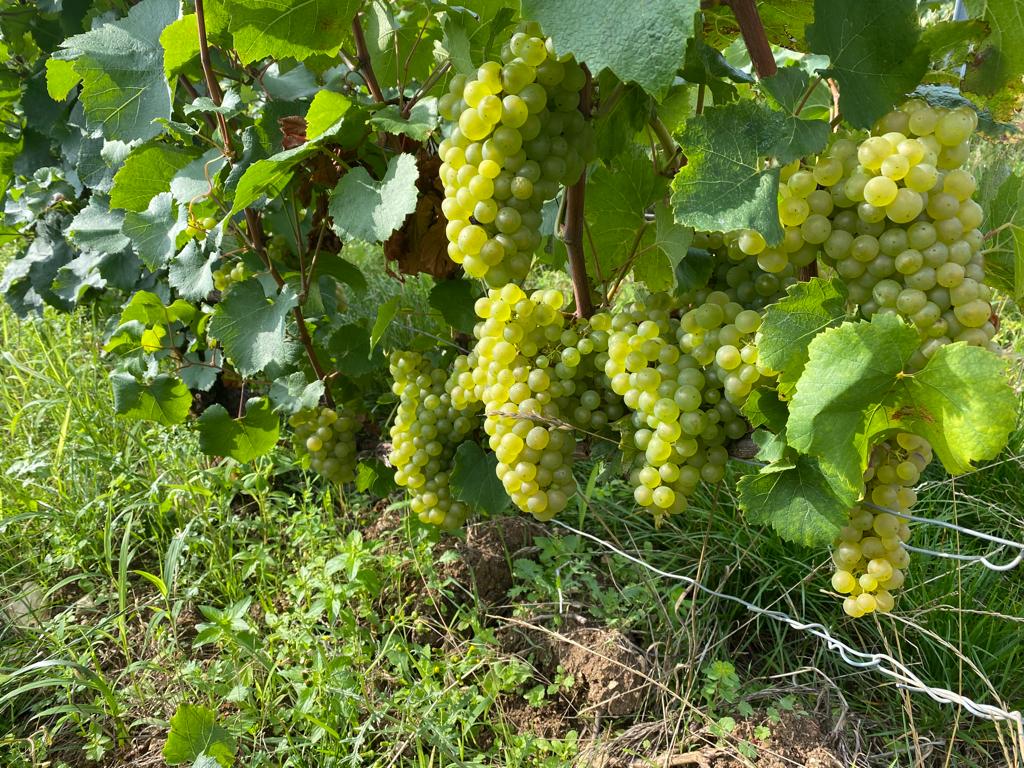
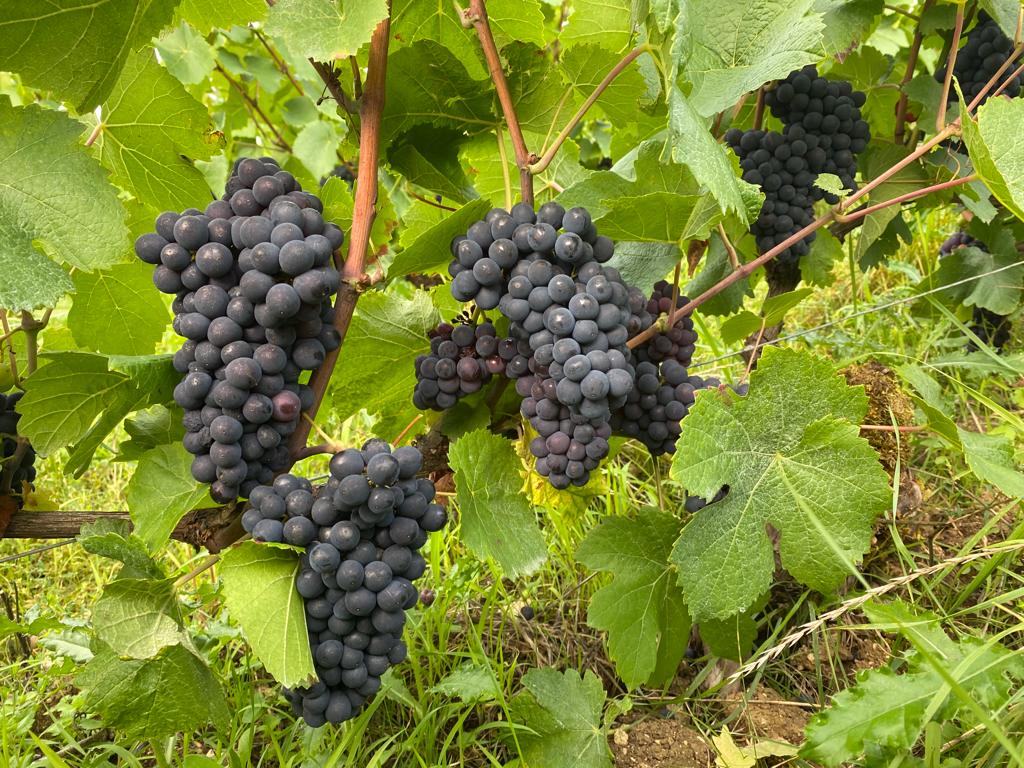
Flowering & Focus on plant physiology
What happens to the vine after flowering is very interesting. This is a crucial moment when the plant needs a great deal of energy to produce fruit, and will therefore have less energy to defend itself against the various stresses of the environment (heatwave, lack of water, disease, etc.).
Therefore it is an intense period for monitoring the vineyard so as to intervene at the right time and with the right response. Delphine Brulez’s recipe of success is to trust the plant to stimulate the defences it may need.
Above all, this approach means taking risks!
This year, mildew and powdery mildew went through phases of increased development, requiring treatments to be adapted. Faced with these major attacks, Delphine adapted treatment doses according to the size of the surface of the grapes, starting with small doses and increasing them as the fruit developed.
Delphine’s meticulous monitoring ensured that nothing was left to chance, enabling her to stop spraying early in the season: on July 11!
Harvests 2023
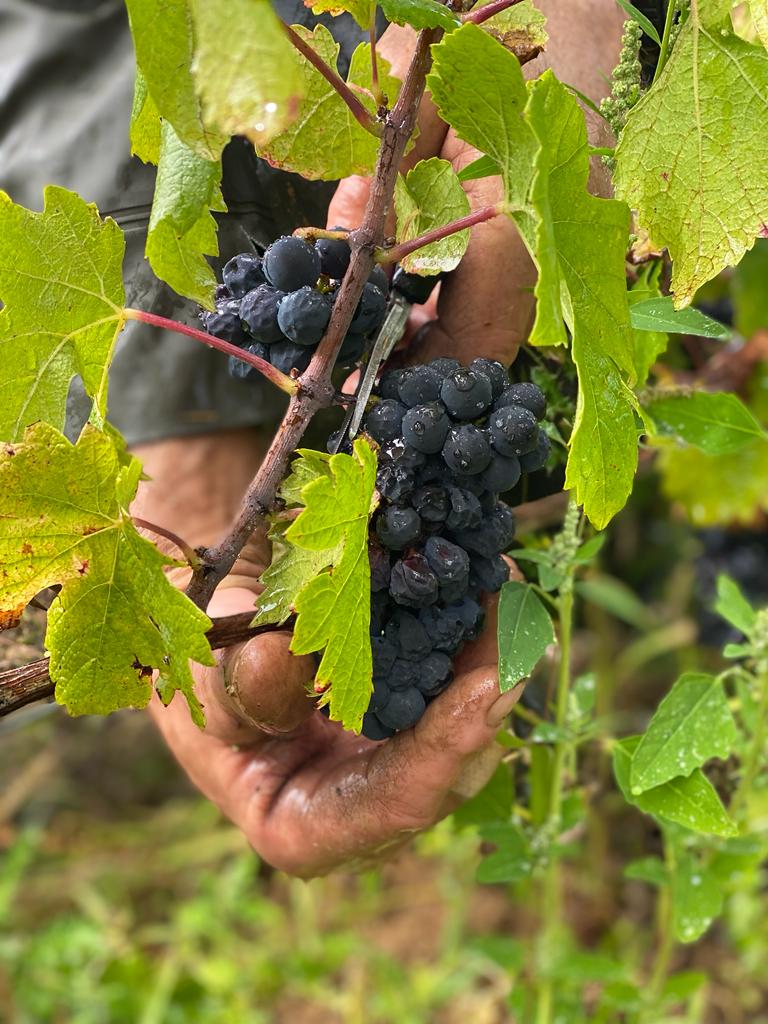
The harvest began on September 8, with the Chardonnay, which had reached a more advanced stage of ripeness than the Pinot Noir, which had suffered from the water and needed a little more time.
The first days of harvest were slower with half the team. Then, from September 11 onwards, the whole team was on the job. Harvesting was tough because of the hot weather. Schedules were adapted, but a refrigerated trailer ensured that fresh grapes were brought into the winery.
The ambitions of Champagne Louise Brison
What motivates Delphine Brulez is to work her vineyard so that it can become a centenarian.; reach a hundred years old AND be productive.
To achieve this goal, a number of factors have to be taken into account:
a living soil with a dense microfauna
- physiological pruning to limit plant injuries and wood diseases
- adapting the grape production load to the plant itself
- careful monitoring during the vine’s most critical phases;
Adapting the grape load to the vine is done on a vine-by-vine basis.
If the vine has produced x shoots in year n, then we’ll leave it x buds in year n+1.
It’s a time-consuming process, but one that’s useful, if not essential, if you don’t want to push the plant to produce beyond its limits. By respecting and adapted grape load, it exhausts itself less quickly.
Champagne range to come
This year, the entire range will be produced
However, we will be patient, as the wines are aged on laths for a minimum of 5 years, the time needed to achieve the right balance between acidity, roundness and aromatic expression.
As every year, part of the production will be bottled in magnum. A collection of vintages is available in the vinothèque. Please ask us if you would like to receive a listing.
Available cuvées
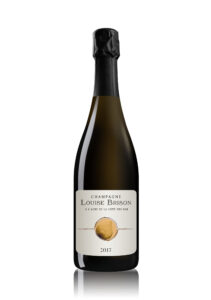
- 2017 Brut « A l’Aube de Cotes de Bars »
- 50% Chardonnay & 50% Pinot Noir
- Incredibly aromatic nose with white flowers, acacia, lime cordial and lemon zest; lemon pith follows on the palate with baked yellow apple and brioche, saltine crackers, and acacia honey & beeswax.Very long mouth with a precise acid backbone. SUPER DELICIOUS!
- No malolactic fermentation – zero Dosage – June 2023 disgorgement

- 2015 Blanc de Blanc « Chardonnay de la Côte des Bar »
- on the nose, Acacia, lime cordial, lemon bonbon, white flowers, jasmine, mineral, almond blossoms, Palate is rich but framed with great tannin structure, nicely balanced mousse and barrique influences. No malolactique fermentation – zero dosage – June 2023 disgorgement
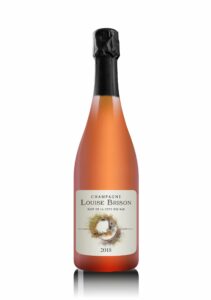
- 2015 “Rosé de la Côte des Bar”
- Nose is a basket of wild strawberries, raspberries, and wild blackberries, but palate has a more savoury note, jambon iberico, cured ham, reglisse, licorice, cedar.A great wine to pair with charcuterie, BBQ burgers, tuna tartare, paella, and spicy dishes. Zero dosage – June 2022 Disgorgement.
This post is also available in Version française.
